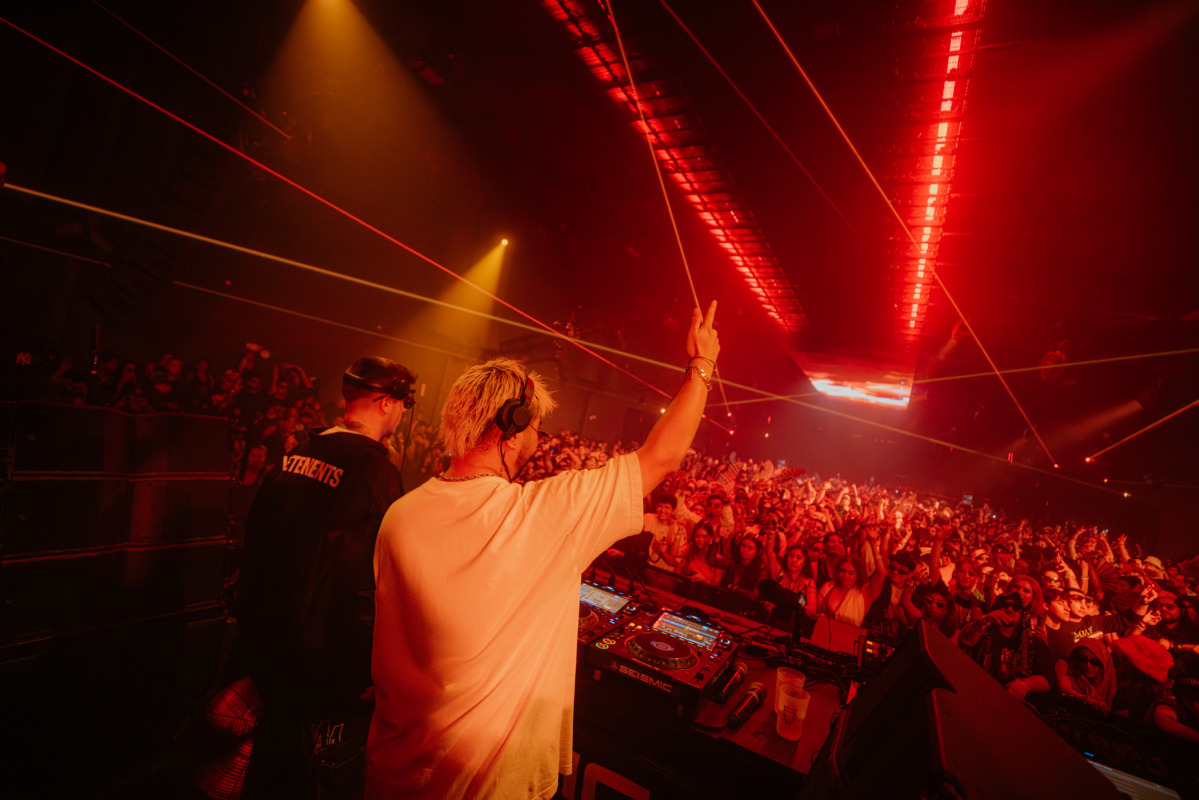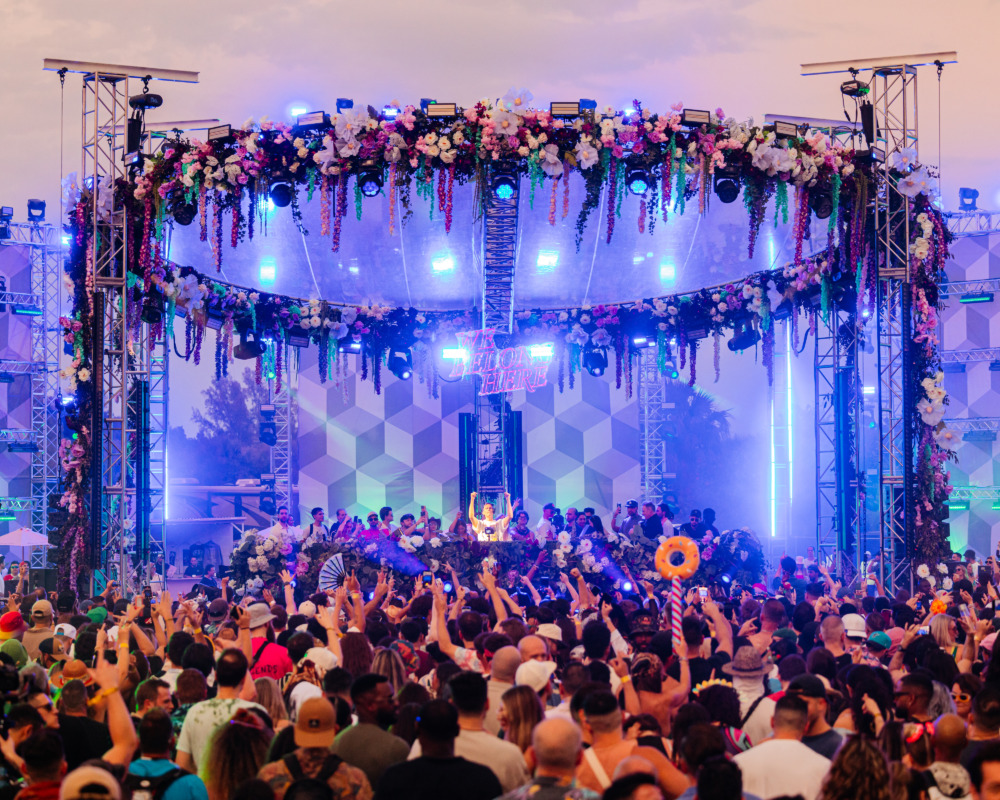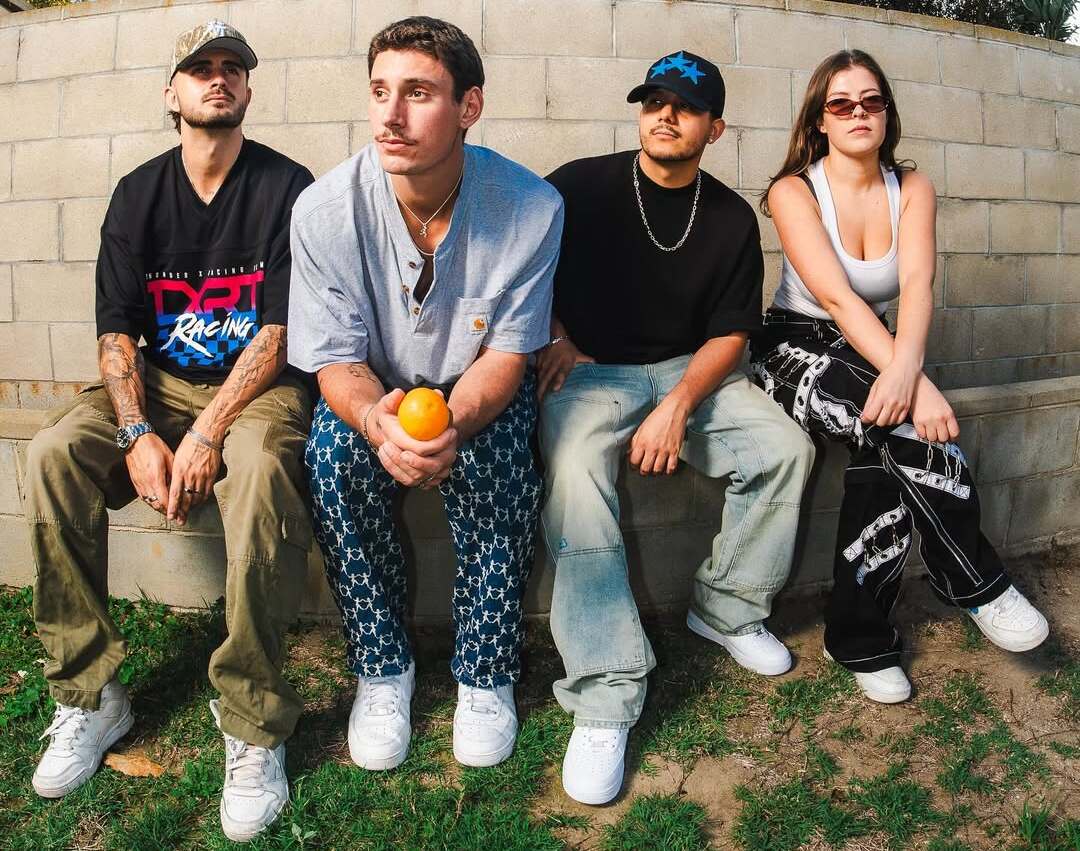Electronic dance music or DJ music, as well called electronic dance music (EDM) is a broad category of percussive, electronic dance music styles created primarily for clubs, raves and other celebrations. Electronic dance music has been around since the early 1990s. It started out as a free form of electronic music that was enjoyed by clubbers. The term ‘EDM’ was later on taken out of the club atmosphere and became associated with rave culture and similar music scenes. Today, electronic dance music is considered a worldwide phenomenon. Millions of clubbers from all around the world enjoy electronic dance music.
While electronic dance music derivative forms are widely accepted among clubbers, producers, radio jocks and others who often gather together to enjoy music in its various forms, there are still those corners of the electronic dance music scene that remain firmly traditional. These areas include breakcore and industrial music. Breakcore and industrial music are two of the fastest growing electronic dance music derivative forms today.
Breakcore is characterized by hard-hitting, drum-driven beats that set the tone for heavy partying. Many breakcore artists showcase reverb-laden back-room sounds that help create the desired effect for party-goers. These are very popular among clubbers. Breakcore artists include legends like producer Limeware, hardcore techno artist Criminals and Dutch electronic dance music legends Kodee.
While some may criticize electronic dance music and breakcore artists for sounding too “street”, there is little doubt that these are highly stylized music styles. These genres have been created to sound just like traditional, club-type music. But breakcore artists have added the element of heavy trance music to their mix. This electronic dance music has a tendency to be softer than many other forms of electronic dance music. Most breakcore artists also prefer traditional, hard-edged electronic dance music.
Another form of electronic dance music is the instrumental. The instrumental is the base for the production of any song. The most notable producers in this genre are producers such as Prologue, DVNO, Aaron Spectre, Alec Empire, Aaron Parks, Mark Q &sten and Kid606. While instrumental songs tend to have minimal production, they’re able to have a huge impact on the listener. That’s why they’ve become the most popular of the three.
Perhaps the largest underground sub-genre of the three is “nice.” It stands for Northern Ireland electronic dance music artists. Rice’s musical influences include reggae, jazz, drumming, and even punk. A typical NIcee song may feature vocals, but the majority of the music features percussion, featuring the sounds of different drums sets, cymbals, tambourines, and maracas.
There’s also another sub-genre of electronic dance music called pop music. Pop music features female pop musicians, such as Adele, Rihanna, andClean Bandit. Unlike reggae or techno music that features male vocals, most pop songs feature only female vocals. Examples of popular pop songs are: Taylor Swift’s “urity,” Adele’s “Fire,” and Rihanna’s “Work.” Adele released her first self-titled album in the spring of 2018.
Finally, pop artists are often grouped together under the term solo leveling. The best examples of these types of artists are Kanye West and Rihanna. West often incorporates several styles of music in a single song, including reggae, jazz, rock, and hip-hop. Rihanna is known for incorporating rapping and vocalic elements into her singles and lead singles.


